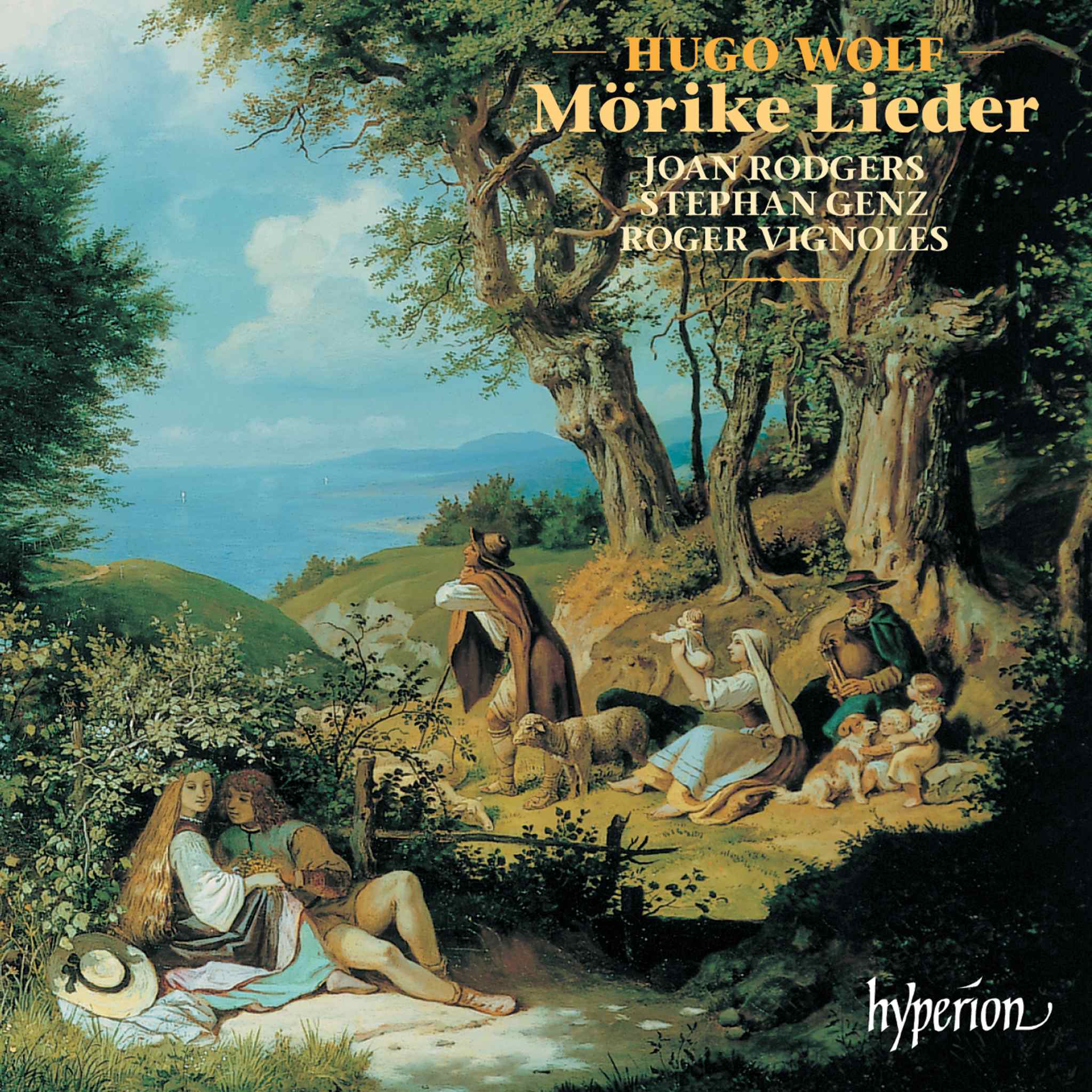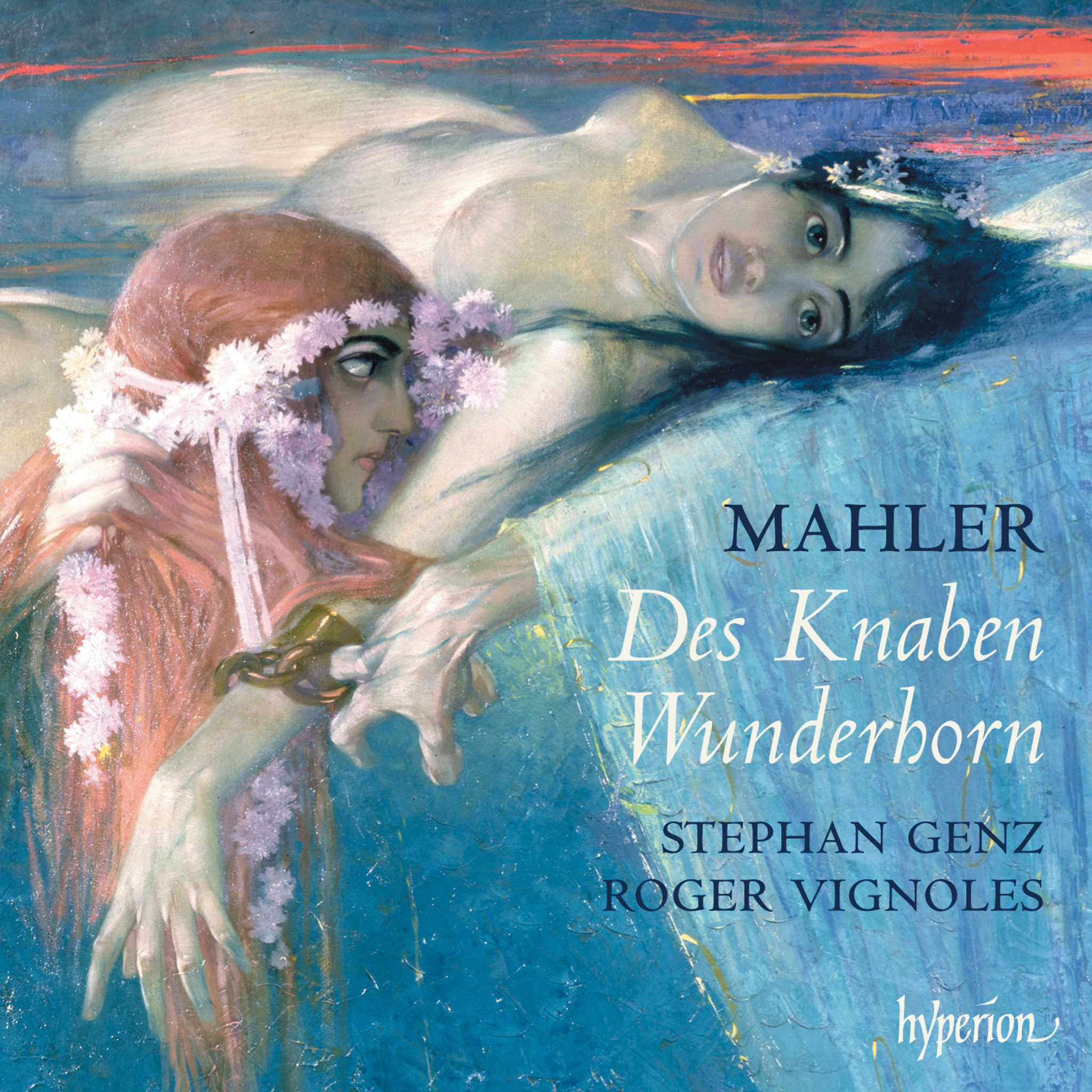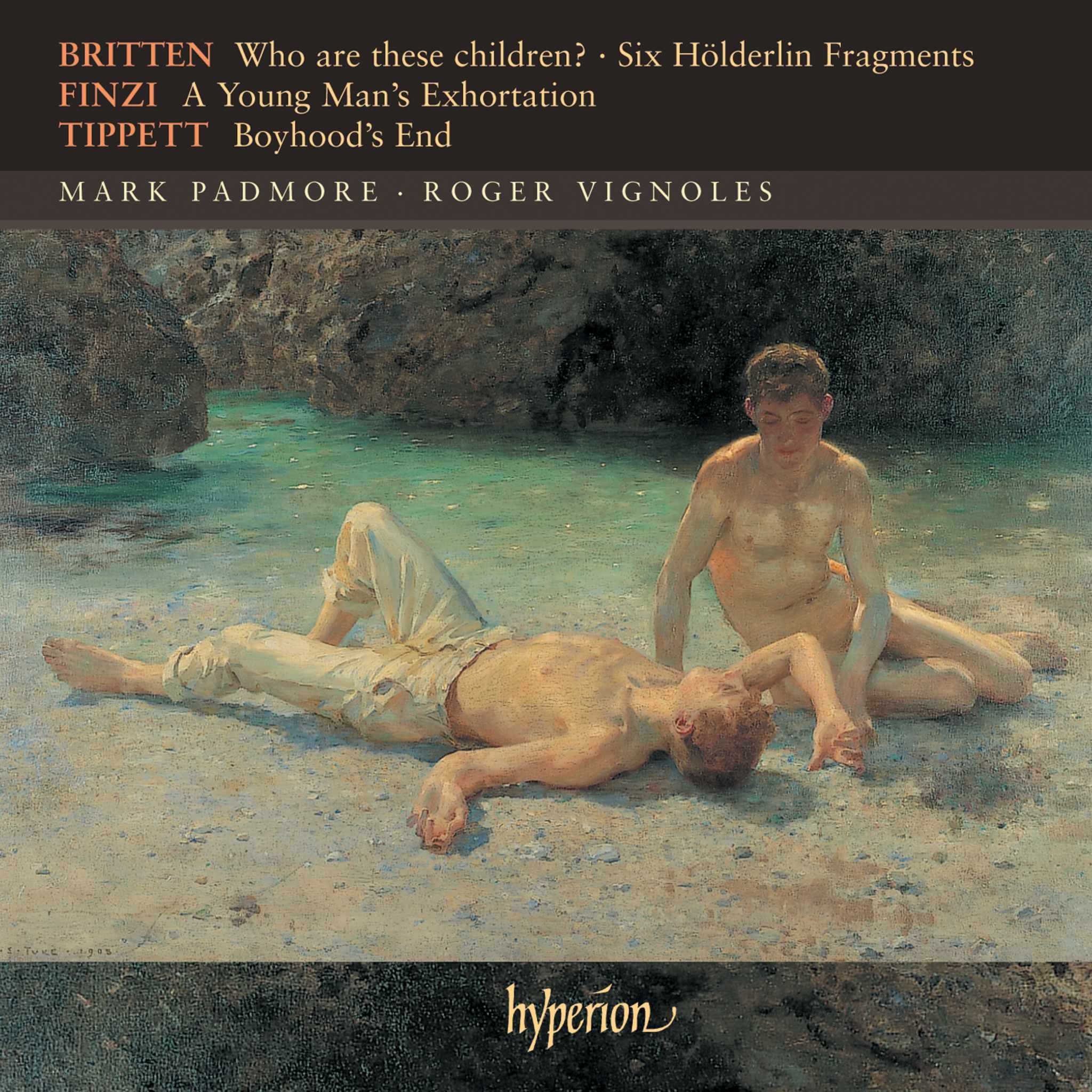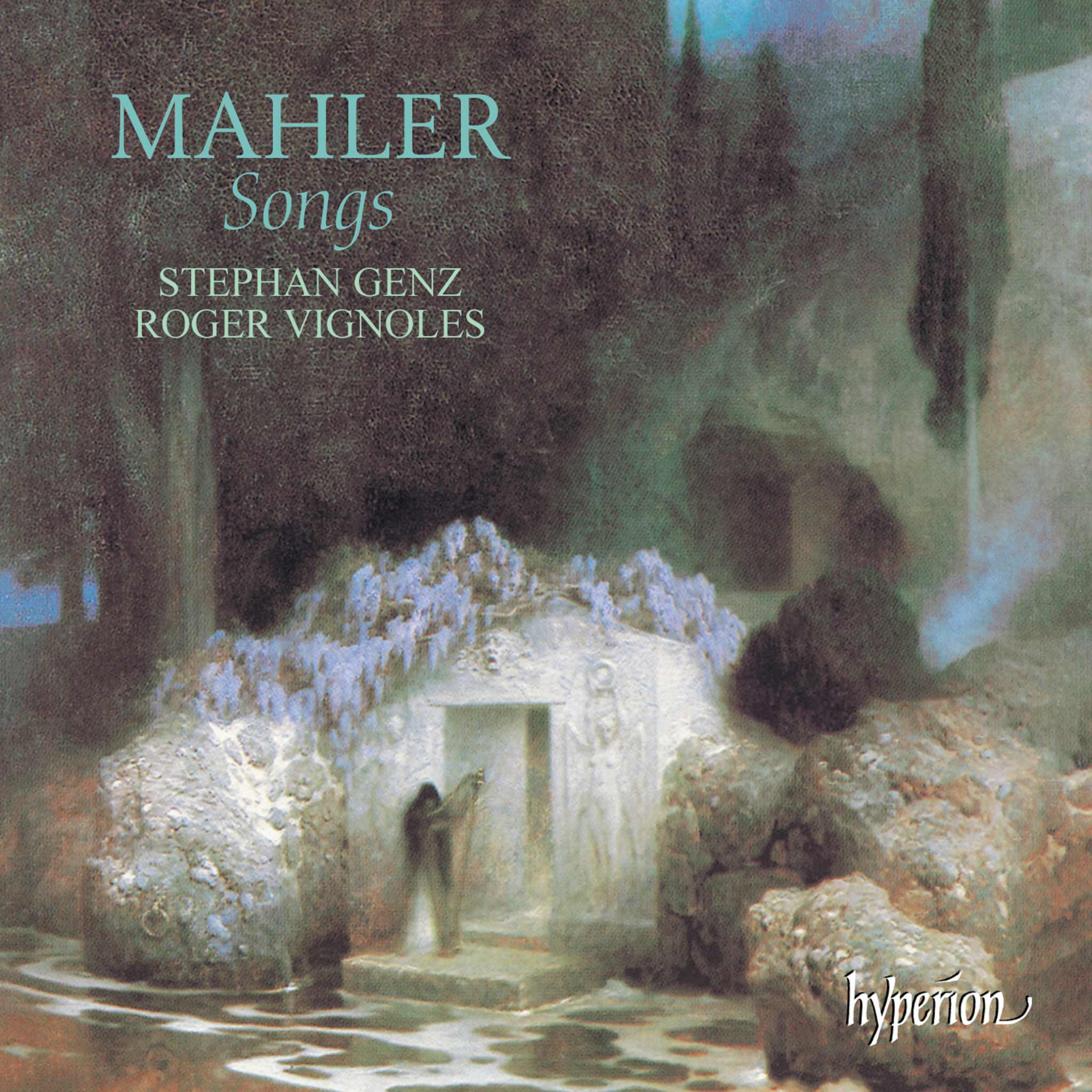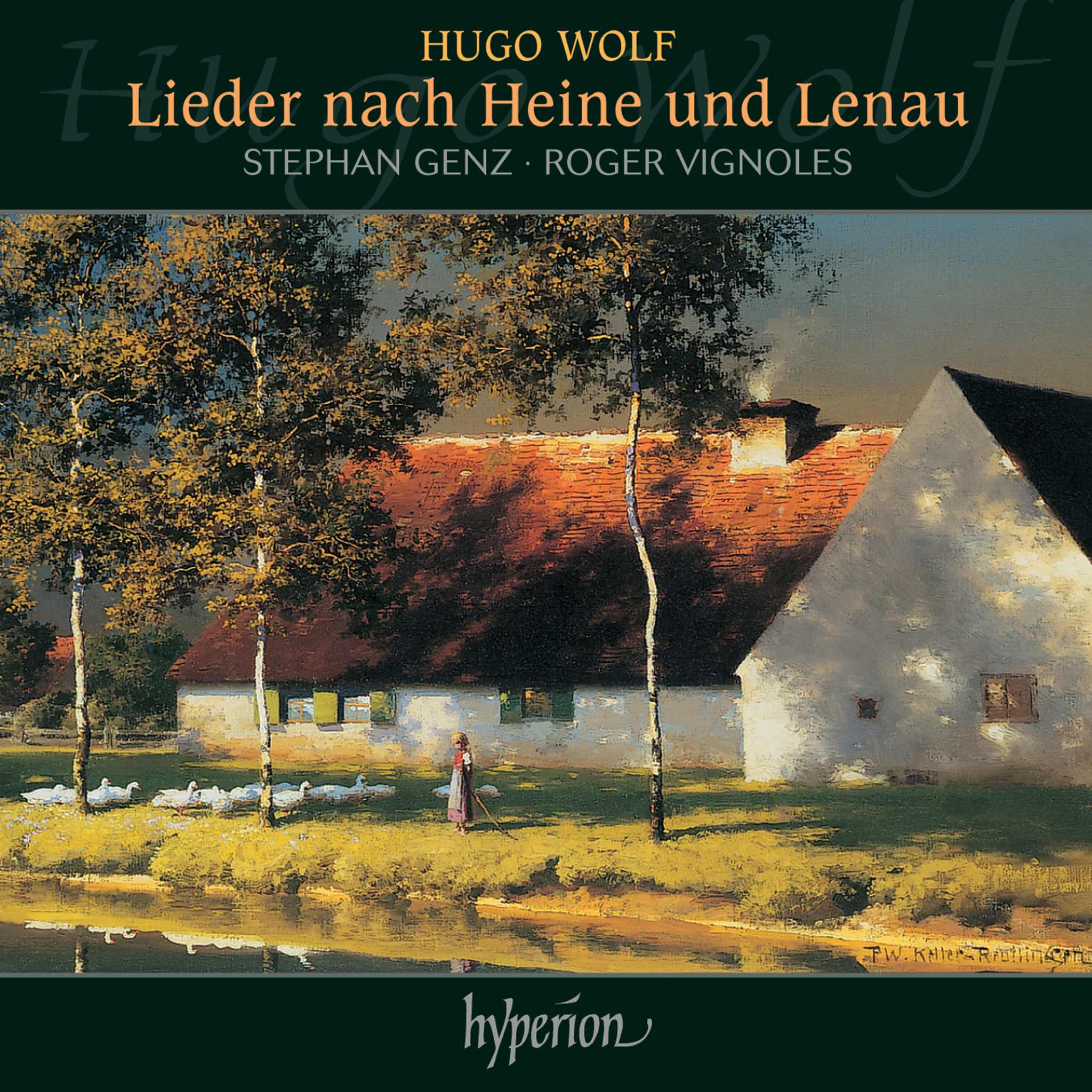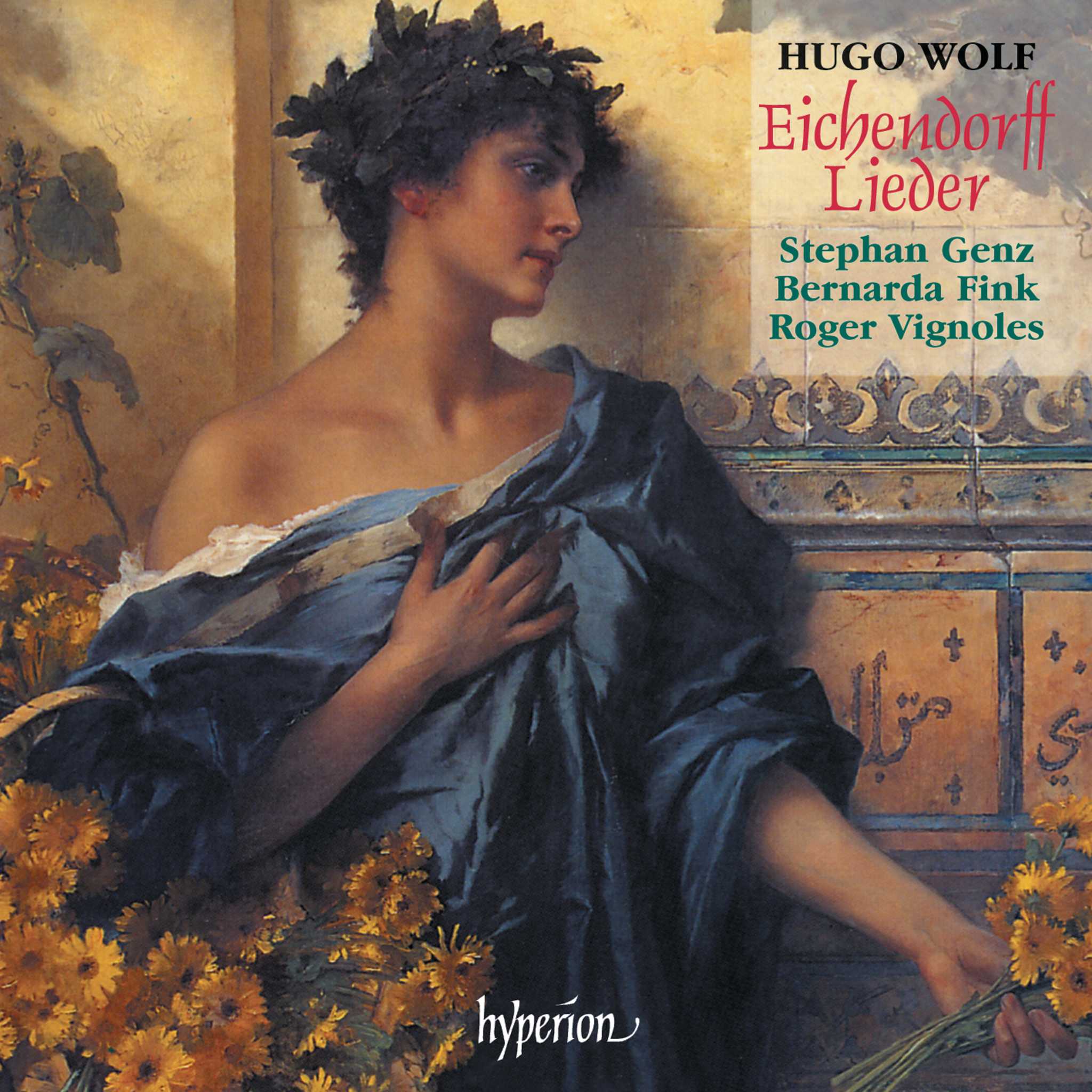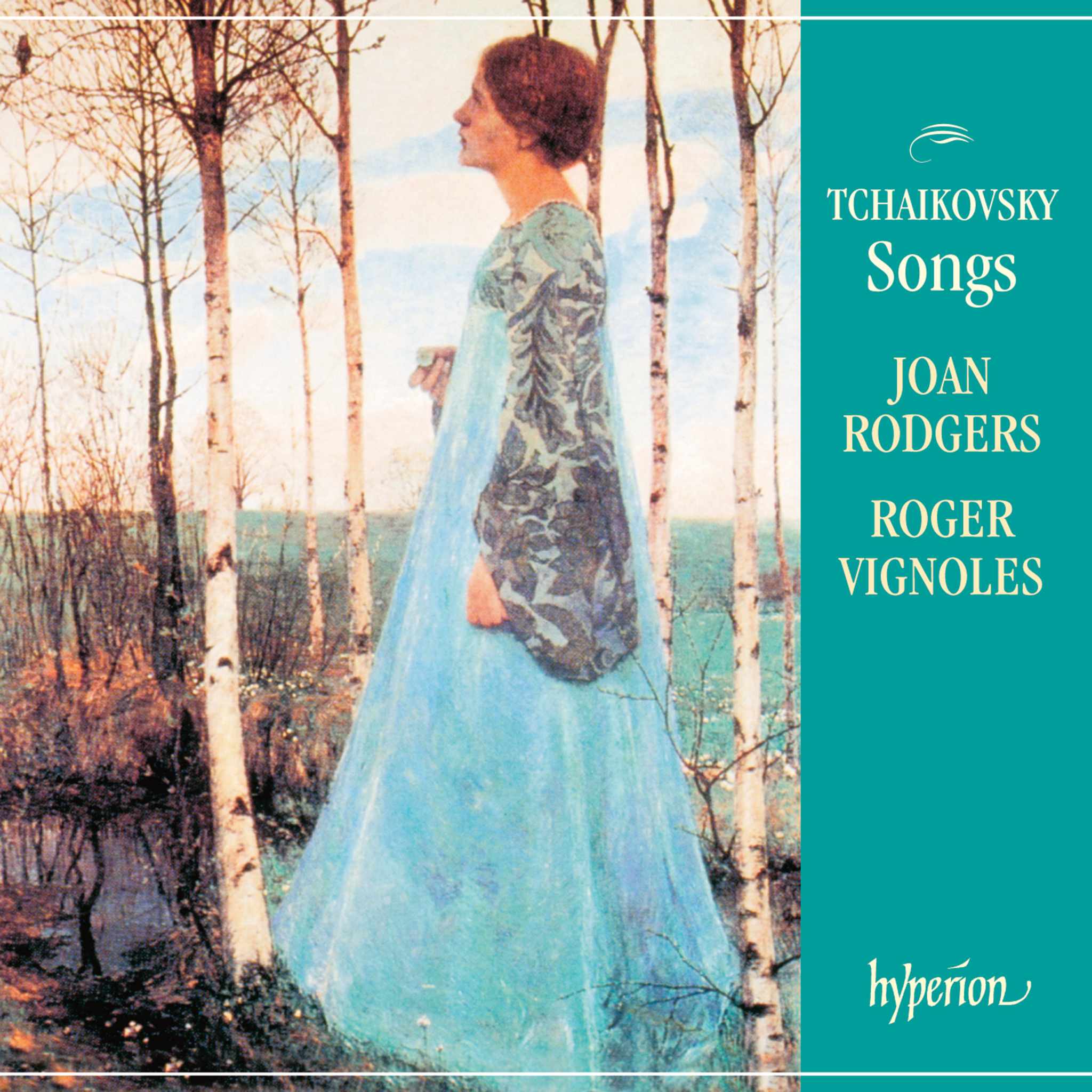Album insights
Liszt's sincerity in religion has long been questioned, mostly by those who doubt the purity of his music. Some find it hard to reconcile Liszt's Catholic faith with his worldly reputation as a man known for indulging in sensual pleasures like drinking, smoking, and basking in the admiration of his audience, especially his numerous female admirers. However, labeling the young Liszt as a philanderer and socialite driven by questionable morals and self-interest would be unfair. Despite his struggles in balancing spiritual calling with physical desires, evident in his affairs and relationships, his sincere letters to Marie d'Agoult reveal a man shaped by love and longing. Transitioning from a life of fame and wanderlust as a renowned concert pianist to a quieter existence in Weimar with his partner Carolyne von Sayn-Wittgenstein, Liszt composed many of his masterpieces during this period.
In Weimar, Liszt compiled a collection of religiously inspired pieces varying in scope, mainly composed between 1845 and 1851, known collectively as "Harmonies poétiques et religieuses." This collection, like other works from Liszt's Weimar era, draws upon earlier materials, reflecting his evolving musical styles. "Pensée des morts," an important piece initially composed in 1834, highlights Liszt's early works and demonstrates his passionate faith. Despite criticisms by some commentators, these early compositions from "Harmonies poétiques et religieuses" echo Liszt's genuine quest for spirituality and reveal his profound religious convictions.
Liszt contemplated consolidating his Lamartine-inspired compositions under the title "Harmonies poétiques et religieuses" as early as 1840. By 1847, a complete collection existed but was never published, containing earlier versions of later-published pieces and discarded works. Changes in Liszt's personal life, particularly his shift from Marie to Carolyne, influenced the alterations within the collection. The published edition, dedicated to Carolyne von Sayn-Wittgenstein, featured revised pieces that mirrored Liszt's evolving emotional landscape.
The published edition of "Harmonies poétiques et religieuses," released in 1853, contained some of Liszt's most significant works, showcasing his devotion to Carolyne and his spiritual depth. Although the collection occasionally edges towards sentimentalism, Liszt's sincerity and emotional range in these compositions make a lasting impact. These pieces held a special place in Liszt's heart, often performed privately even after his withdrawn from public concert life.
The collection's opening piece, "Invocation," sets a tone of optimism with its joyful E-major composition, blending bold choral passages and grand piano gestures. "Ave Maria," a poignant adaptation, and "Bénédiction de Dieu dans la solitude," a work of profound contemplation, emphasize Liszt's expressive and spiritual dimensions through his music. "Funérailles," a monumental work honoring fallen Hungarian revolutionaries, stands out for its epic and emotional fervor, reflecting Liszt's raw emotion and powerful musicality.
"Miserere d'après Palestrina" and "Andante lagrimoso," based on Lamartine's poem, offer unique insights into Liszt's unconventional yet deeply emotional musical language. Similarly, "Cantique d'amour" concludes the collection with a reflective tone, juxtaposing optimism and solemnity. These compositions, often overshadowed, deserve greater recognition for their understated beauty and emotional depth, underscoring Liszt's versatility and creativity.
In summary, Liszt's "Harmonies poétiques et religieuses" collection stands as a testament to his musical and spiritual evolution, revealing layers of emotional complexity and profound devotion in his compositions that continue to captivate audiences worldwide.

